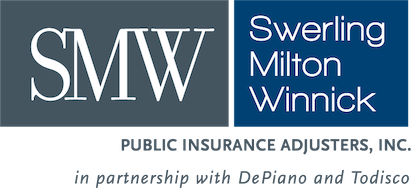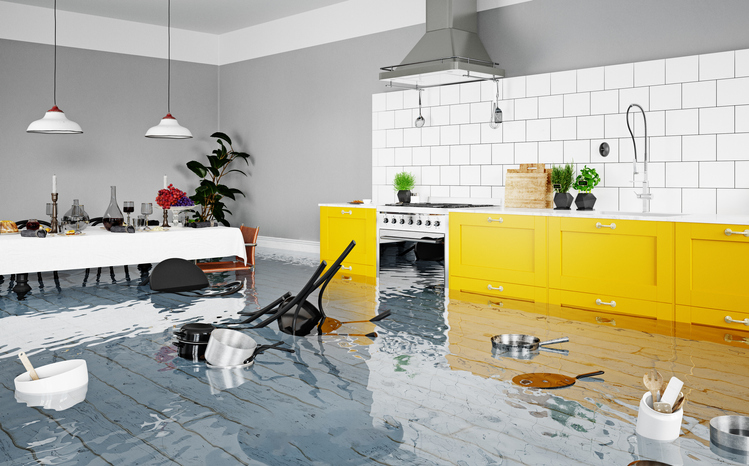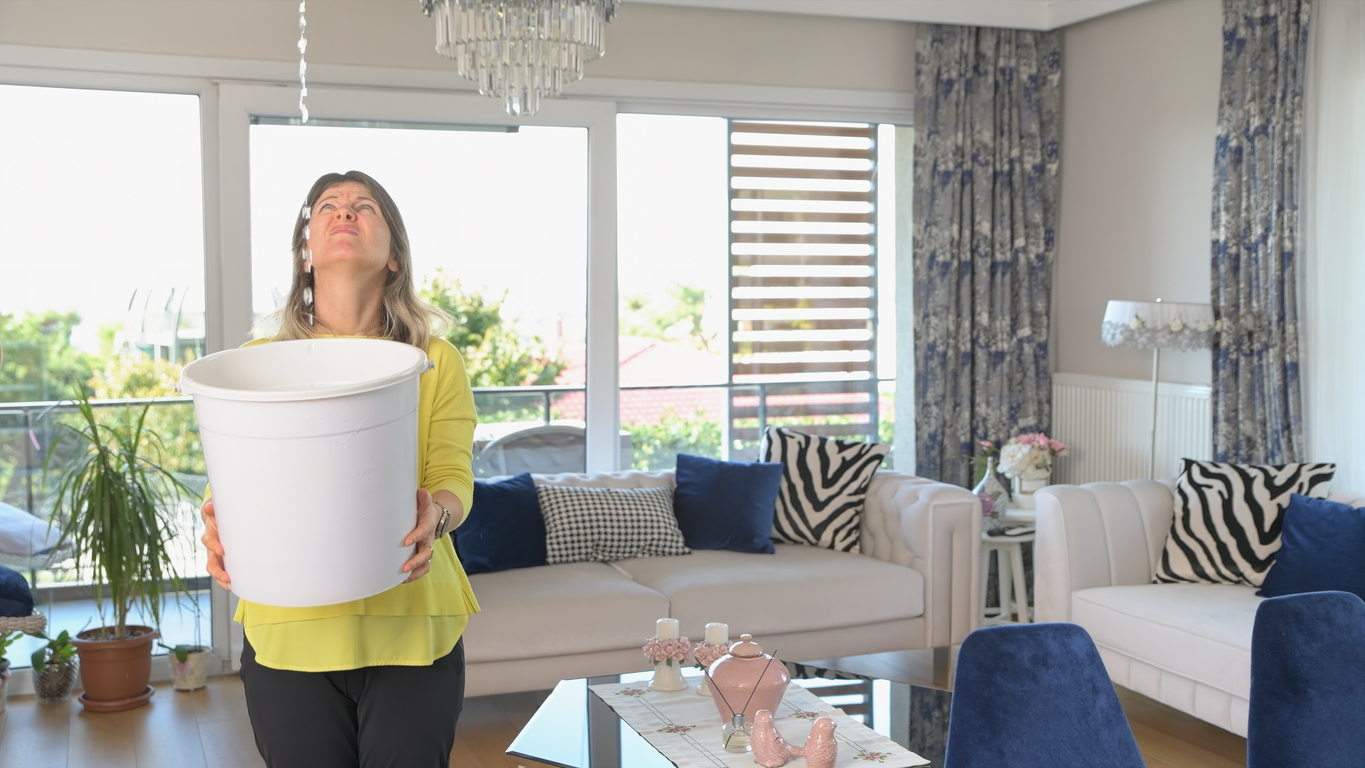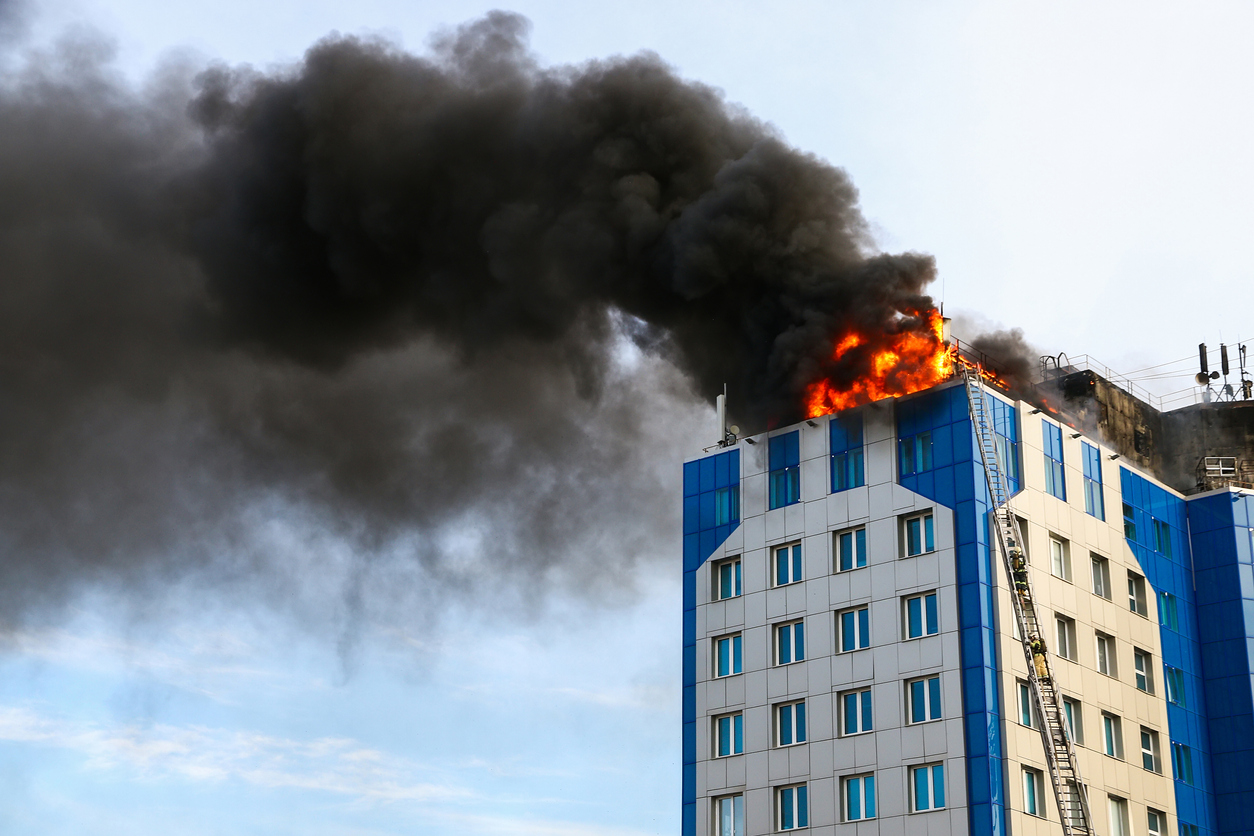All condominiums in the state of Massachusetts must have a Declaration of Trust and Condominium Bylaws. In our profession, we read the bylaws – specifically the Insurance Section – related to every condominium loss that SMW handles. The wording in this section may tell us what items are and are not covered in each condo unit.
After a loss occurs to a condominium, the Master Policy of Insurance must be read in order to obtain specific information about what is covered property damage under the policy. Some insurance policies specifically state that the Master Policy of Insurance for the condominium will cover all portions of the building, including any improvements completed by the unit owners. However, some insurance policies, specifically the ISO Condominium Association Coverage Form CP 00 17, throw some of the coverage back to the Insurance Section of the condo bylaws. Below is the language of the CP 00 17 policy (the 10 12 edition). The highlighted section (6) states that certain items, like appliances and fixtures, would be covered by the policy, but only if your bylaws state that the Master Policy of Insurance should cover them for the condominium.
- Covered Property, as used in this Coverage Part, means the type of property described in this section, A.1., and limited in A.2. Property Not Covered, if a Limit of Insurance is shown in the Declarations for that type of property.
Building, meaning the building or structure described in the Declarations, including:
(1) Completed additions;
(2) Fixtures, outside of individual units, including outdoor fixtures;
(3) Permanently installed: (a) Machinery; and (b) Equipment;
(4) Personal property owned by you that is used to maintain or service the building or structure or its premises, including: (a) Fire-extinguishing equipment; (b) Outdoor furniture; (c) Floor coverings; and (d) Appliances used for refrigerating, ventilating, cooking, dishwashing or laundering that are not contained within individual units;
(5) If not covered by other insurance: (a) Additions under construction, alterations and repairs to the building or structure; (b) Materials, equipment, supplies, and temporary structures, on or within 100 feet of the described premises, used for making additions, alterations or repairs to the building or structure; and
(6) Any of the following types of property contained within a unit, regardless of ownership, if your Condominium Association Agreement requires you to insure it: (a) Fixtures, improvements and alterations that are a part of the building or structure; and (b) Appliances, such as those used for refrigerating, ventilating, cooking, dishwashing, laundering, security or housekeeping. But Building does not include personal property owned by, used by or in the care, custody or control of a unit-owner except for personal property listed in Paragraph A.1.a.(6) above.
When this language is in the Master Policy of Insurance, the adjuster must go to the Insurance Section of the condominium bylaws to review what items the Association wants the Master Policy of Insurance to cover and what items the unit owners are to cover with their own policies of insurance.
There are typically four types of coverages in the bylaws. First is the all-in coverage, which usually reads that all items in the unit that are not personal property of the unit owner are covered by the Association’s policy. Second is a bare walls policy that requires the unit owner to insure all items, including building items that are inside of the wall studs, floor framing and ceiling framing. In other words, the unit owner must insure all of the drywall or plaster, paint, flooring, finishes, fixtures, cabinetry, plumbing, etc. that make up their entire unit. Third is an original specifications coverage. This type of coverage will only cover the unit to the quality of the original developer and will not cover improvements made by the unit owner. The fourth is a hybrid. Some bylaws will read that the Association’s insurance policy will cover the building and all components, except for carpeting, fixtures and improvements.
The condominium documents are rarely clear with the types of items that are covered. When the bylaws state that fixtures are not covered by the Association’s policy, does this mean light fixtures, bathroom fixtures, or both? When the documents state that the Association will not cover improvements, does this mean that the Association’s policy will not cover the improvement if you replace an old tile floor with a new tile floor? We do not think that replacing a tile floor with a new tile floor is an improvement, but the insurance company will argue that they don’t have to pay for it because the unit owner made an improvement. This hybrid style of language in the insurance section of the bylaws can lead to much confusion when attempting to negotiate an insurance claim.
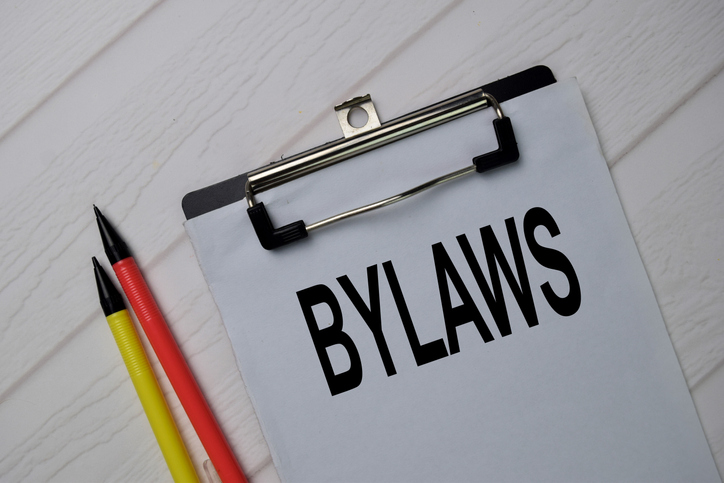
Below are a couple of examples of the Insurance Section of condominium bylaws.
The first illustration is an example of original specification language. This type of language is used by Associations that want to put the burden of insuring unit owner improvements on the unit owners. Therefore, if someone owns a unit with this type of coverage, the unit owner must make certain that their own unit coverage has ample building coverage for all building improvements completed.
“The Trustees shall obtain and maintain, to the extent available, master policies of casualty and physical damage insurance for the benefit and production of the Trustees and all of the Unit Owners, and with loss proceeds payable to the Trustees hereunder, or one or more of the Trustees hereunder designated by them to be Insurance Trustees for all the Unit Owners collectively of the Condominium and their respective mortgagees, as their interests may appear, pursuant to such Condominium form insurance as may from time to time be customarily used in Massachusetts, such insurance to cover the building and all other insurable improvements forming part of the Common Elements, including service machinery, apparatus, equipment, and installations associated with the Common Elements, and including also such portions and elements of the Units as the Unit Owners are responsible for under Section 5.2.1, but not including: (a) the furniture, furnishings, or other personal property of the Unit Owners; or (b) improvements within a Unit made by the Owners thereof subsequent to the first sale of such Unit by the Declarant, unless such improvement has been made with the written consent of the Trustees pursuant to which such Unit Owner agrees to pay any additional insurance premiums resulting therefrom. If such agreement is not made, insuring such improvements shall be the separate responsibility of the Unit Owner.”
The second illustration is an example of all-in coverage. This type of language is used by Associations that want the Association’s policy to cover all of the building items. This is the most efficient type of language from a claims handling standpoint, but the Association must make certain that the limit of liability in their policy is adequate to cover the entire cost of reconstruction – including improvements made by each unit owner.
“The Trustees shall obtain and maintain, to the extent available, master policies of casualty and physical damage insurance for the benefit and protection of the Trustees and all of the Unit Owners, naming as the named insureds, and with loss proceeds payable to the Trustees hereunder, or one or more of the Trustees hereunder designated by them, as Insurance Trustees for all of the Unit Owners collectively of the Condominium and their respective mortgagees, as their interests may appear, pursuant to such condominium form of insurance as may from time to time be customarily used in Massachusetts (but in all events to be multi-peril-type coverage providing as a minimum fire coverage in the kinds and amounts commonly required by private institutional mortgage lenders for projects similar in construction, location and use), such insurance to cover the Building (including all Units) and all other insurance improvements forming part of the common areas and facilities, and including also all portions and elements of and appurtenances to the Units and any addition to any Unit as is permitted by the Master Deed, but not including the furniture, furnishings or other personal property of the Unit Owners.”
For property managers of condominiums, we cannot stress enough that they should request, in writing, that each unit owner purchase insurance of their own. Furthermore, each unit owner should have a copy of the insurance section of the bylaws to provide to their agent so proper coverage can be obtained.
